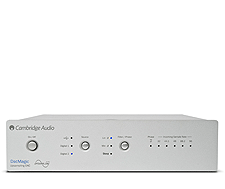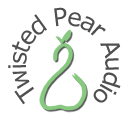So I keep hearing people talk about DACs, given my background I generally know what they are... Digital to Analog Converters. I deal with them on a daily basis in my line of work. But my question is more on the audiphile side of things. I see people hooking them up to their computers, CD players, and other sources and raving about the results. What confuses me is usually those sources all have their own built in DACs, so that leads me to a couple of questions:
1. How do you bypass an internal DAC on various sources, like a computer or CD player. Is it just a simple matter of a digital output? Or is it more complicated than that? Is the digital output on a computer or CD player truly bypassing any DACs inside that device?
2. Do people use them on multichannel setups, or is it mainly a stereo kinda thing?
3. What are the various types out there and what are some example setups? Are they all over the place in terms of price range, etc? I.e. XYZ Source -> BlahBlah Cable -> FillInTheBlank DAC
4. How would I determine which internal DAC a device has, and if/which DAC would be a worthy improvement? Are there some stats/numbers associated that are an indicator, like bit rates or frequency range or something? To get more specific, the Oppo BDP-83, and then roughly any built into motherboard sound card.
1. How do you bypass an internal DAC on various sources, like a computer or CD player. Is it just a simple matter of a digital output? Or is it more complicated than that? Is the digital output on a computer or CD player truly bypassing any DACs inside that device?
2. Do people use them on multichannel setups, or is it mainly a stereo kinda thing?
3. What are the various types out there and what are some example setups? Are they all over the place in terms of price range, etc? I.e. XYZ Source -> BlahBlah Cable -> FillInTheBlank DAC
4. How would I determine which internal DAC a device has, and if/which DAC would be a worthy improvement? Are there some stats/numbers associated that are an indicator, like bit rates or frequency range or something? To get more specific, the Oppo BDP-83, and then roughly any built into motherboard sound card.







Comment